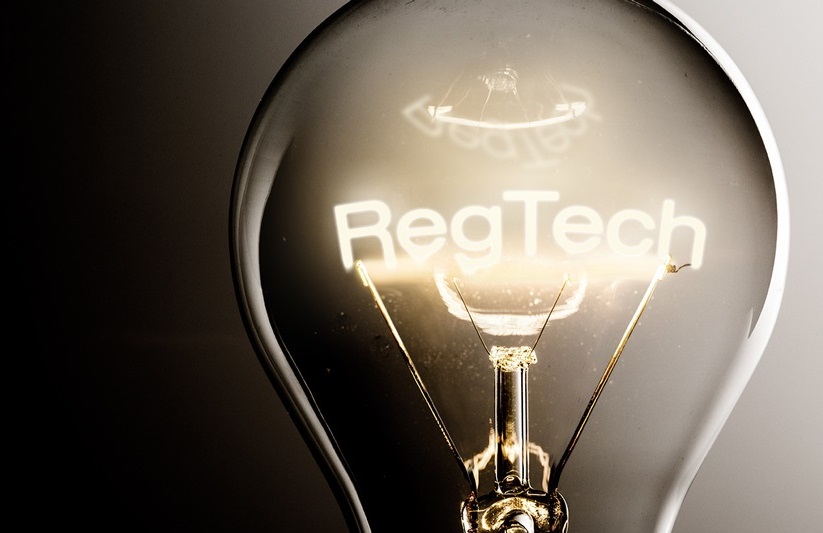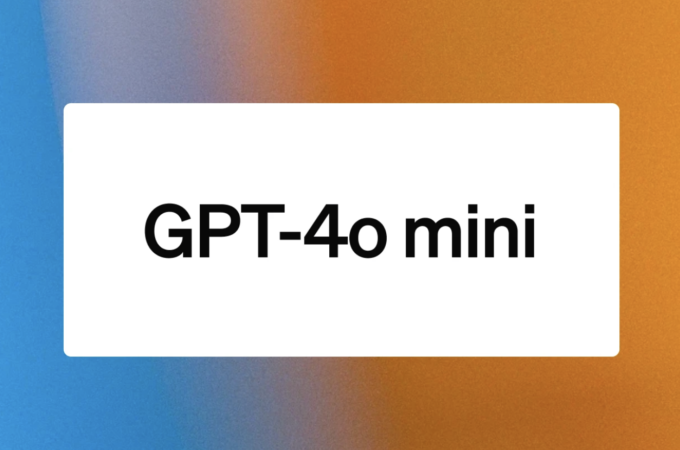
Application of AI in RegTech
By Elena Mesropyan for LTP
Regulatory and compliance issues are some of the most important, complex and resource-consuming problems to solve for any organization, especially for startups with limited resources. Over decades of development, regulatory requirements and documentation have grown into a matter of special expertise and skills to decode. Globally, ~$80 billion is spent on governance, risk and compliance, and the market is only expected to grow, reaching $120 billion in the next five years .
According to ANZ, National Australia Bank has estimated that the cost of regulatory compliance has risen from $A86 million annually in 2012 to $A177 million in 2013 and $A265 million in 2014. Westpac was reported to spending $A300 million on compliance last year.
With legacy systems in place, the costs are not expected to go down over time. Some recent estimates suggest that over 300 million pages of regulatory documents will be published by 2020 and over 600 legislative initiatives need to be cataloged by a medium-sized sell-side institution in order to have a holistic view of their rulebook.
But while compliance certainly looks very expensive, non-compliance blows even a bigger hole in the budget of any company. In fact, financial institutions in the US alone have been reported to have paid over $160 billion in fines for non-compliance.
The bottom line – there is a severe necessity for more efficient and cost-effective solutions across industries to follow regulatory requirements without the need to sell a kidney and sacrifice quality. Fortunately, 2016 offers an array of options developed by forward-thinking entrepreneurs that practically invented a whole new industry – RegTech, which refers to a set of companies and solutions that address regulatory challenges across industries through innovative technology. At the moment, there is an expectation that the industry has a bright future since the global demand for regulatory, compliance and governance software is expected to reach $118.7 billion by 2020.
The next generation of RegTech solutions will be powered by AI
However, as any industry, RegTech does not stand idle in the face of technological advancements being developed and deployed at an accelerating speed. RegTech solutions are expected to go through a significant transformation under the effect of such technologies as blockchain, cloud computing, AI and more. AI, in particular, is one of the biggest threats and sources of opportunity for RegTech companies as machine learning is being applied to replace static solutions.
As the Institute of International Finance suggests in its recent report on RegTech in financial services, machine learning can identify complex, nonlinear patterns in large data sets and create more accurate risk models. By adjusting algorithms based on newly acquired information, their predictive power improves through use. As for compliance solutions, in stress testing and risk management, it would benefit the definition of models, the calculation and simulation of stress scenarios (Ayasdi), and improve the accuracy and granularity of statistical analyses.
Moreover, IFF states that new types of models developed through machine learning offer deeper insights into data than previously possible. It could also be applied to automate name-based aggregation for large exposure regulations.
A major application of machine learning mentioned in the report is in analyzing unstructured data. Analysis and interpretation of unstructured data inputs, such as e-mails, spoken word, PDFs and metadata, could benefit such areas of compliance as handling customer protection and complains, monitoring of behavior and internal culture in organizations, KYC regulations (Onfido), real-time monitoring of regulatory requirements issuance and modification, etc.
AI + RegTech, some examples
Professionals from MIT back in 2010 applied machine-learning techniques to construct nonlinear nonparametric forecasting models of consumer credit risk. Khandani, Kim and Lo have combined customer transactions and credit bureau data from January 2005 to April 2009 for a sample of a major commercial bank’s customers to build out-of-sample forecasts that significantly improve the classification rates of credit-card-holder delinquencies and defaults. Using conservative assumptions for the costs and benefits of cutting credit lines based on machine learning forecasts, they estimated the cost savings to range from 6% to 25% of total losses.
Since 2010, a host of companies have been applying AI and machine learning in particular to increase assessment accuracy and efficiency of compliance measures.
Among modern examples of companies applying AI to deliver regulatory technology solutions is ComplyAdvantage, which uses machine learning and artificial intelligence technology to help financial institutions perform legal checks on potential clients to make sure they’re not breaking any rules by dealing with them. The applies ML and NLP to understand the context and identify risk signals, to identify people and entities with AML risk, identify who they are and what they are doing, to perform sophisticated ‘elastic search’ by sorting through the vast array of data and more.
Another company, Neurensic, has recently announced the launch of the trading industry’s first compliance tool that is powered by a cloud-based machine learning architecture. The startup explained that the SCORE surveillance platform is capable of identifying complex patterns in trading behavior on a vast scale across multiple markets. As stated on the official website, Neurensic uses pattern recognition based on machine learning to identify behaviors that pose the greatest regulatory risk to each firm. Its detection system trains itself to recognize high-risk activity from actual regulatory cases and investigations. This self-adaptive methodology allows Neurensic to learn as it becomes exposed to new data. In this way, the system improves its accuracy even as markets and regulatory trends evolve over time.
IBM Watson is another case of an AI-based RegTech solution of the future. At the end of September, IBM acqui-hired Promontory’s 600 employees – many of whom are former government regulators – to bolster its artificial-intelligence program, known as Watson. According to the official statement, Promontory will begin to accelerate IBM’s development and machine training of cognitive solutions for risk and compliance. This includes solutions for tracking constantly changing regulatory obligations, expectations and control requirements (Sybenetix), as well as solutions that address specific compliance needs, such as financial risk modeling, surveillance, anti-money laundering (AML) and Know Your Customer (KYC). In addition, Promontory professionals will extend IBM’s consulting and services offerings to help clients dramatically reduce the cost of regulatory compliance.
Speaking of tracking constantly changing regulatory obligations, IIF has suggested one of the role of AI in RegTech as a“regulatory radar” (Suade), which would allow to capture the flow of new regulations in a single database with all obligations, allowing a firm to assess the applicability of regulations for the firm and flagging issues of interpretation for closer examination.
Further, the software could compare the regulations as required to the firm’s current compliance processes and to existing regulations for any overlap to identify if any potential changes are needed. In turn, it should ensure that obligations arising from new regulations are allocated to the relevant organizational unit. IIF suggests that such software could run on cognitive computing in order to understand texts.
“As an alternative to using cognitive computing to attempt to interpret unstructured regulatory publications, machine-readable regulations can help standardize the publication and consumption of regulations, reducing ambiguity and interpretation errors through the use of standardized rule sets.”
As we have emphasized, opportunities for RegTech are vast. Big banks, such as HSBC, Deutsche Bank and JPMorgan, are reported to spend well over $1billion a year each on regulatory compliance and controls. Spanish bank BBVA recently estimated that on average, financial institutions have 10–15% of their staff dedicated to this area. By replacing legacy systems with advanced software run by AI, financial institutions not only save substantial funds for a better use but increase the accuracy and diminish potential financial damage related to appropriate risk assessment.
First appeared at LTP




